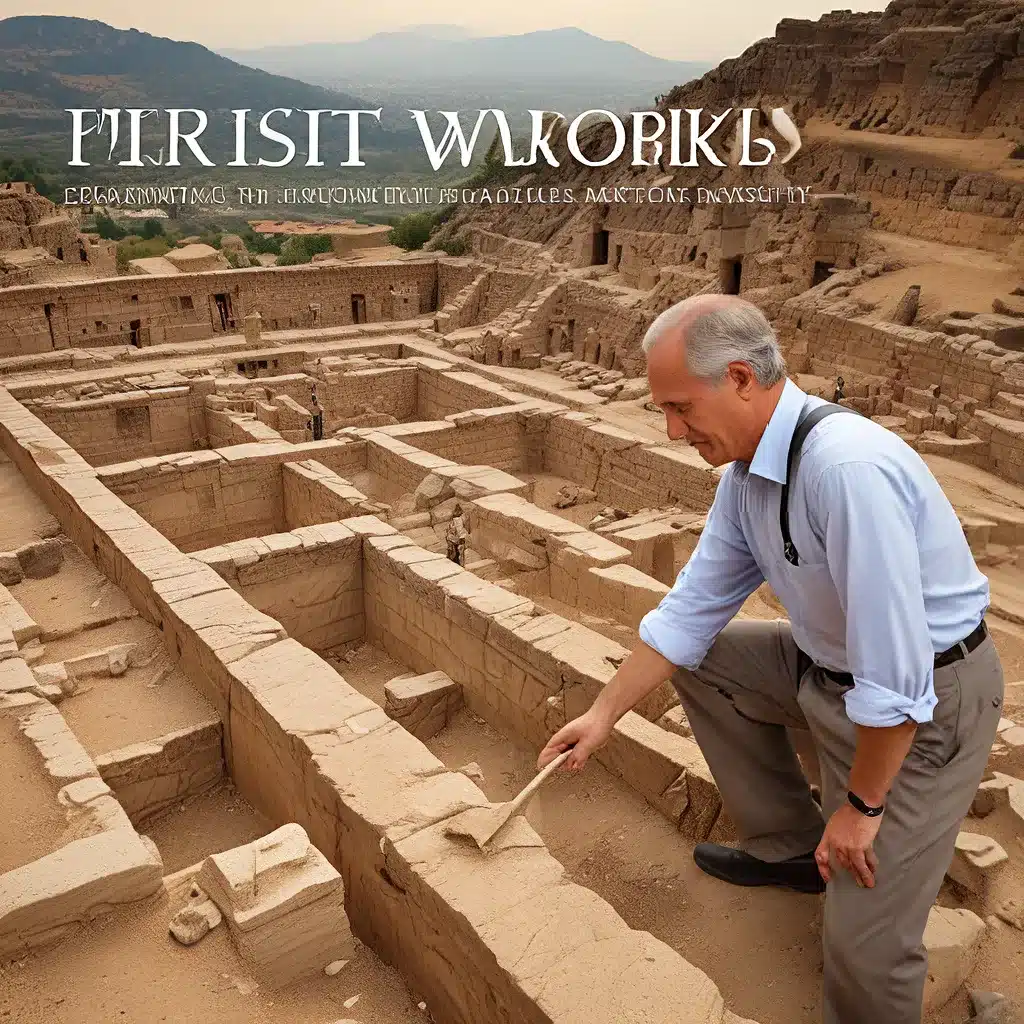
In the ever-evolving landscape of archaeology, the quest to unravel the secrets of the past has captured the imaginations of scholars, adventurers, and the general public alike. From the towering monoliths of ancient civilizations to the fossilized remains of long-extinct species, each new discovery promises to shed light on the mysteries that have intrigued humanity for centuries.
Uncovering the Treasures of the Library of Alexandria
One of the most renowned and enigmatic chapters in the annals of history is the burning of the Library of Alexandria. This legendary repository of knowledge, considered the greatest library of the ancient world, was a testament to the intellectual prowess and cultural sophistication of the Greco-Roman era. The library’s vast collection, estimated to have contained hundreds of thousands of scrolls, encompassed a diverse array of subjects, from mathematics and philosophy to poetry and medicine.
The exact circumstances surrounding the destruction of this invaluable repository of knowledge remain a subject of debate among historians. Some scholars argue that it was the result of a series of fires that occurred over several centuries, while others contend that it was the deliberate act of a conquering army or a religious zealot. Regardless of the cause, the loss of the Library of Alexandria is widely regarded as a devastating blow to the advancement of human knowledge and understanding.
Rediscovering the Secrets of Ancient Civilizations
The archaeological exploration of ancient civilizations has been a source of fascination and discovery for generations of scholars and enthusiasts. From the mysterious Pyramids of Giza to the intricate mosaics of Pompeii, each new excavation and analysis unveils a wealth of insights into the lives, customs, and technological achievements of these long-vanished cultures.
One of the most remarkable examples of this ongoing quest for understanding is the uncovering of the ancient Mesopotamian city of Ur. Excavations at this site have revealed a thriving metropolis that flourished during the third millennium BCE, with impressive architecture, sophisticated irrigation systems, and a highly developed social hierarchy. The artifacts and architectural remains discovered at Ur have provided invaluable information about the daily lives, religious practices, and technological advancements of this ancient civilization.
Similarly, the ruins of the Mayan civilization in Central America have captivated the imagination of archaeologists and the public alike. The intricate hieroglyphic writing system, the advanced astronomical knowledge, and the impressive engineering feats of the Mayans have all contributed to a deeper understanding of this complex and highly sophisticated culture.
Unveiling the Mysteries of Extinct Species
Alongside the exploration of ancient civilizations, the study of prehistoric life forms has been a central focus of archaeological and paleontological research. The discovery and analysis of dinosaur fossils have been particularly captivating, as they have shed light on the extraordinary diversity and evolution of these enigmatic creatures.
One of the most significant paleontological discoveries in recent years was the unearthing of the Tyrannosaurus rex fossils in the late 19th century. The detailed study of these remains has provided invaluable insights into the anatomy, behavior, and ecological role of this iconic predator of the Cretaceous period. Similarly, the discovery of the Velociraptor fossils in Mongolia has revolutionized our understanding of the hunting strategies and social dynamics** of this agile and intelligent dinosaur species.
Emerging Theories and Future Directions in Archaeology
As the field of archaeology continues to evolve, new technologies and analytical methods are constantly being developed to enhance our understanding of the past. 3D imaging and digital reconstruction techniques, for example, have revolutionized the way archaeologists study and interpret ancient artifacts and structures. These advanced tools allow researchers to create detailed virtual models of excavated sites, enabling them to analyze and share their findings with a wider audience.
Moreover, the application of cutting-edge scientific analyses, such as isotopic dating, ancient DNA extraction, and geochemical analysis, has provided unprecedented insights into the diets, migrations, and genetic relationships of ancient populations. These advancements have not only challenged existing theories but have also opened up new avenues of research and exploration.
As we continue to uncover the mysteries of the past, it is clear that the field of archaeology is poised for even greater discoveries and breakthroughs. With each new find, we are granted a glimpse into the rich tapestry of human history, and the potential to rewrite our understanding of the world we inhabit. Whether it is the rediscovery of lost civilizations, the unveiling of ancient species, or the development of innovative research methods, the future of archaeology holds the promise of unlocking even more secrets of the lost world.


